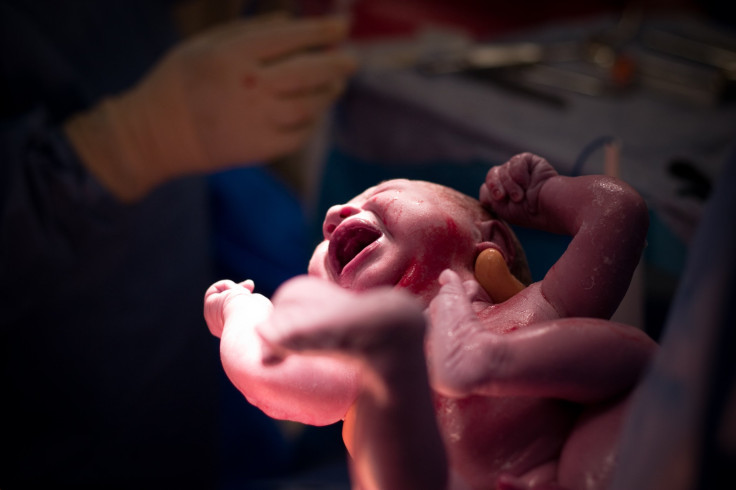WHO Calls For Reduction In Medically Unnecessary C-Sections As Rates Rise Globally

Roughly 19 out of every 100,000 women die each year from giving birth to their child. That’s a lot, but not nearly as many as there were about a century ago, when over 600 women were dying each year. Caesarean sections can take most of the credit for this drastic reduction in maternal deaths; children who might have been birthed in the wrong position no longer put their mothers at risk of death. But somewhere along the line, the procedure went from being medically necessary to elective — a trend the World Health Organization said on Friday should be reversed.
After 12 years of rising C-section rates, the number of procedures leveled off in 2009, with about a third of all U.S. mothers undergoing the operation — they’ve remained about the same since. Still, C-sections are one of the most common surgeries performed around the world, with rates still rising in middle- and high-income countries. Hoping to reduce these rates, WHO advised in a statement that we all make an effort to reduce rates of medically unnecessary C-sections, approaching them instead on a case-by-case basis.
The reason for reducing C-section rates, WHO says, is because there’s a threshold for when the procedure might cause more harm than good. Recent studies have put that threshold at about 10 percent; as rates rise in that direction, the number of maternal and newborn deaths in the population decreases. But once they go over, there’s no additional benefit.
C-sections are effective in so many situations, allowing both mother and child to live when the child is found to be in an awkward position; when a vaginal birth isn’t possible; and when the baby is distressed, among other scenarios.
But it’s still a major surgery with its own risks for complications, all of which occur more often than when undergoing a vaginal birth. These can include bladder and uterus infections, and injury to the urinary tract. In addition, they can also lead to complications with future pregnancies, such as causing the placenta to grow into the uterine muscle or too close to the cervix — sometimes blocking it — as well as rupturing the uterus.
While health care facilities in the U.S. are mostly prepared for these complications, that might not be the case in other countries, WHO noted. By putting only those who need them under the knife for C-sections, the money and resources needed to treat complications can be used for others' health care needs.
“These conclusions highlight the value of caesarean section in saving the lives of mothers and newborns,” said Dr. Marleen Temmerman, director of WHO’s Department of Reproductive Health and Research. “They also illustrate how important it is to ensure a caesarean section is provided to the women in need — and to not just focus on achieving any specific rate.”



























